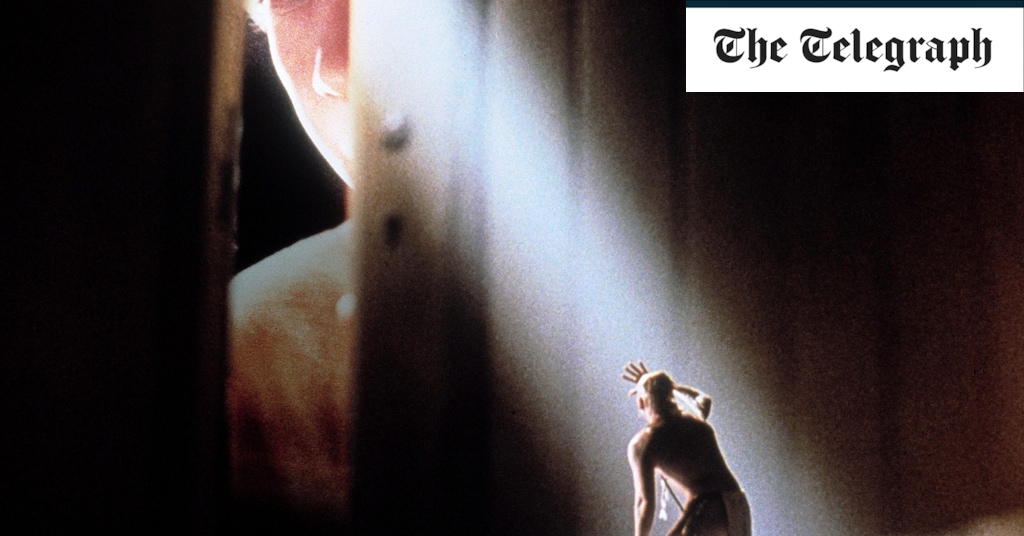The book, to Banks’s surprise, became an enormous success, selling around 15 million copies and leading the New York Times to call it “the best book of the year”. As the author later put it: “One night a long-distance call said the paperback rights for [the book] had fetched a large sum at auction, so I thought, maybe they know something I don’t – and they did! It took off, won awards, and it’s made my fortune.”
Although it only did, in her estimation, “okay” in Britain, it won numerous prestigious prizes in America. Banks herself was no wilting violet when it came to self-publicity, any more than she was in the creation of fantastical worlds. As her former editor Vanessa Hamilton put it, tactfully, “Lynne is passionate about deal-making and marketing…she has a robust attitude to children and knows what amuses them.”
It may, therefore, have come as a surprise to her that, at the beginning of the Nineties, the wave of approbation that she had been surfing became becalmed. In 1991, two members of the American Library Association, Naomi Caldwell-Wood and Lisa A Mitten, suggested that The Indian in the Cupboard should be castigated rather than celebrated, arguing that it pedalled “horrendous stereotypes of Native Americans” and that “Banks has created her ‘Indian’ character from the mixed bag of harmful cliches so common among British authors.”
Far from Omri being seen as a naïve character who is taught valuable lessons by Little Bear, he was now regarded as a white supremacist-in-training, a miniature paternalist whose attitude towards Native Americans was little better than the colonialists of the 19th century. One Native American librarian, Doris Seale, even wrote in 1992 that “My heart aches for the Native child unfortunate enough to stumble across, and read, these books. How could she, reading this, fail to be damaged? How could a white child fail to believe that he is far superior to the bloodthirsty, subhuman monsters portrayed here?”









